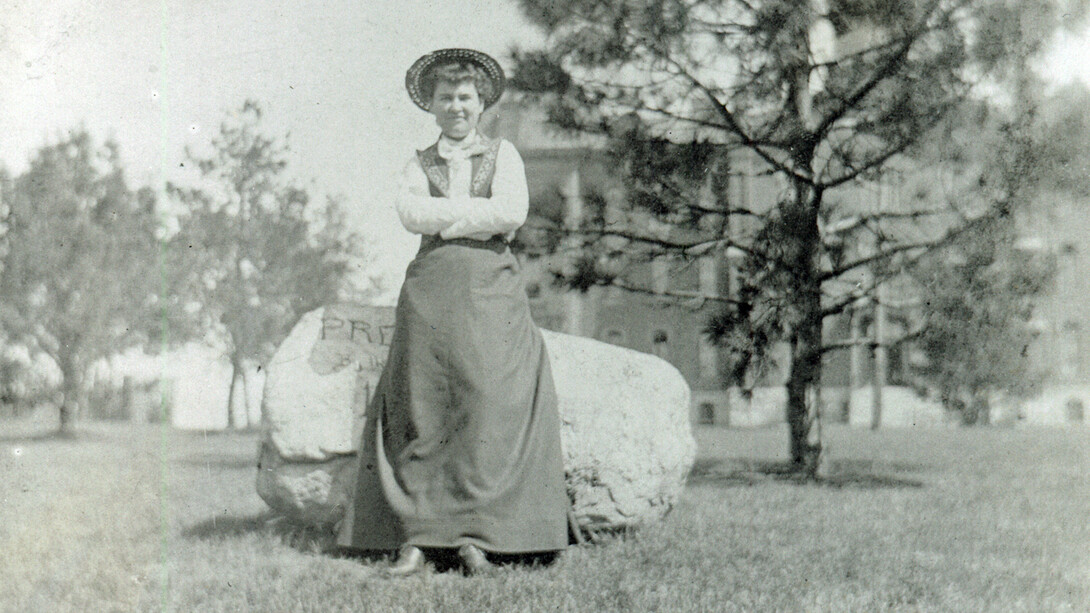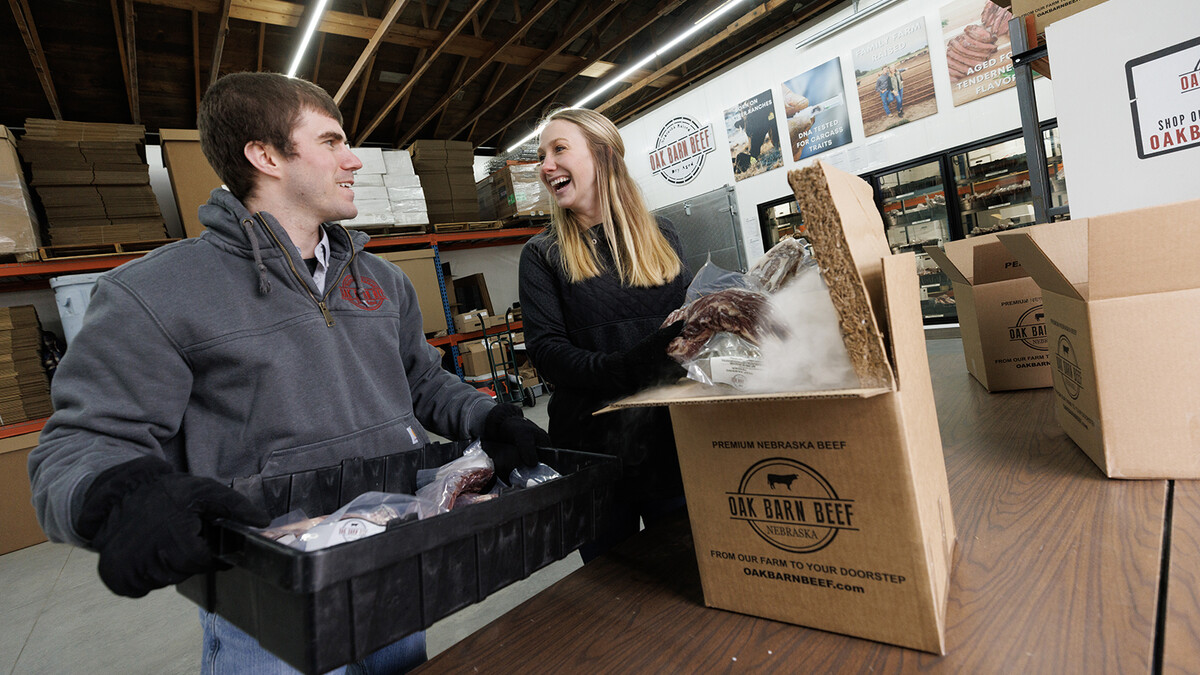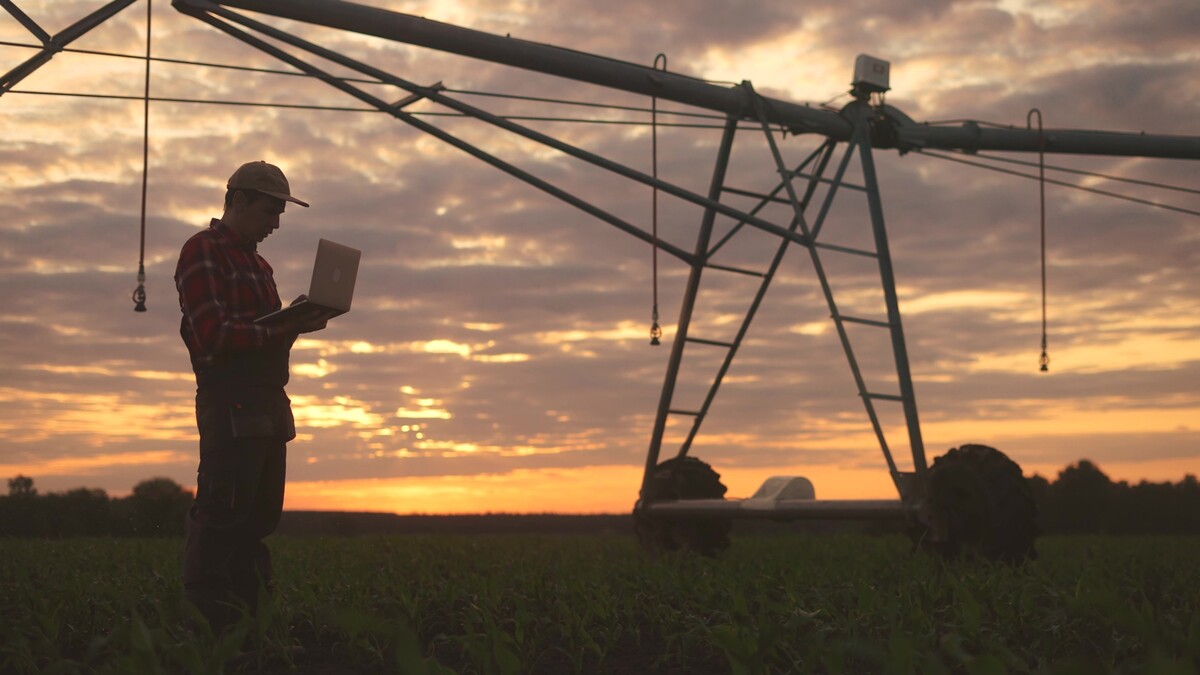
The Dairy Store was once called Varsity Dairy. The inexhaustible Warren Buffett sold golf balls to make money as an undergrad. The first women’s’ track and field meet held in 1911 was deemed “unofficial” because no men could attend.
Big and small details like these form the fabric of the University of Nebraska–Lincoln, but have been relegated to the annals of history. A new interactive timeline has curated many of these stories, showcasing the progress of the university’s first 150 years, as revealed through its events, people, organizations and discoveries.
It’s the first time this historical information has been compiled in one accessible place and was a partnership between University Communication and Archives and Special Collections.
“It’s something we’ve thought about doing before, as part of the university website,” Robert Crisler, director of internet and interactive media. “As the anniversary approached, the thinking was if we were ever going to do it, now would be an opportune time.”
Crisler started the project with a list of important people and events gathered by Kim Hachiya, writer of the new retrospective book, “Dear Old Nebraska U.” and partnered with Annie Albin, associate copy writer in University Communication, to write the bulk of the timeline entries.
They relied on the team in Archives and Special Collections to get historical photos and information.
“We made a lot of good discoveries along the way,” Mary Ellen Ducey, university archivist and special collections librarian for University Libraries, said. “We found new stories and untold stories, which is always something we like to do.”
Crisler and Albin were able to complete a lot of the research through a previous project of University Libraries to digitize all Daily Nebraskans and the various campus newspapers that preceded it.
“Without that, this project would not have been possible,” Crisler said. “Because it existed, and by using other sites like Newspapers.com to see what other newspapers were writing, we were able to drop in to see first-person contemporaneous accounts of people and events.”
Currently, the timeline is hosted on the N150 website and will remain there for now. Crisler said the timeline will continue to be curated and updated, but that it may eventually move to a new web home.
Crisler said he hopes the project is informative for its users and instills pride for the state’s land-grant university.
“We don’t brag enough,” Crisler said. “We justifiably should be prouder of what this university has accomplished over its history and the people that have been shaped here. I hope if anything that readers can feel the sense of pride that we had in writing about it.”







